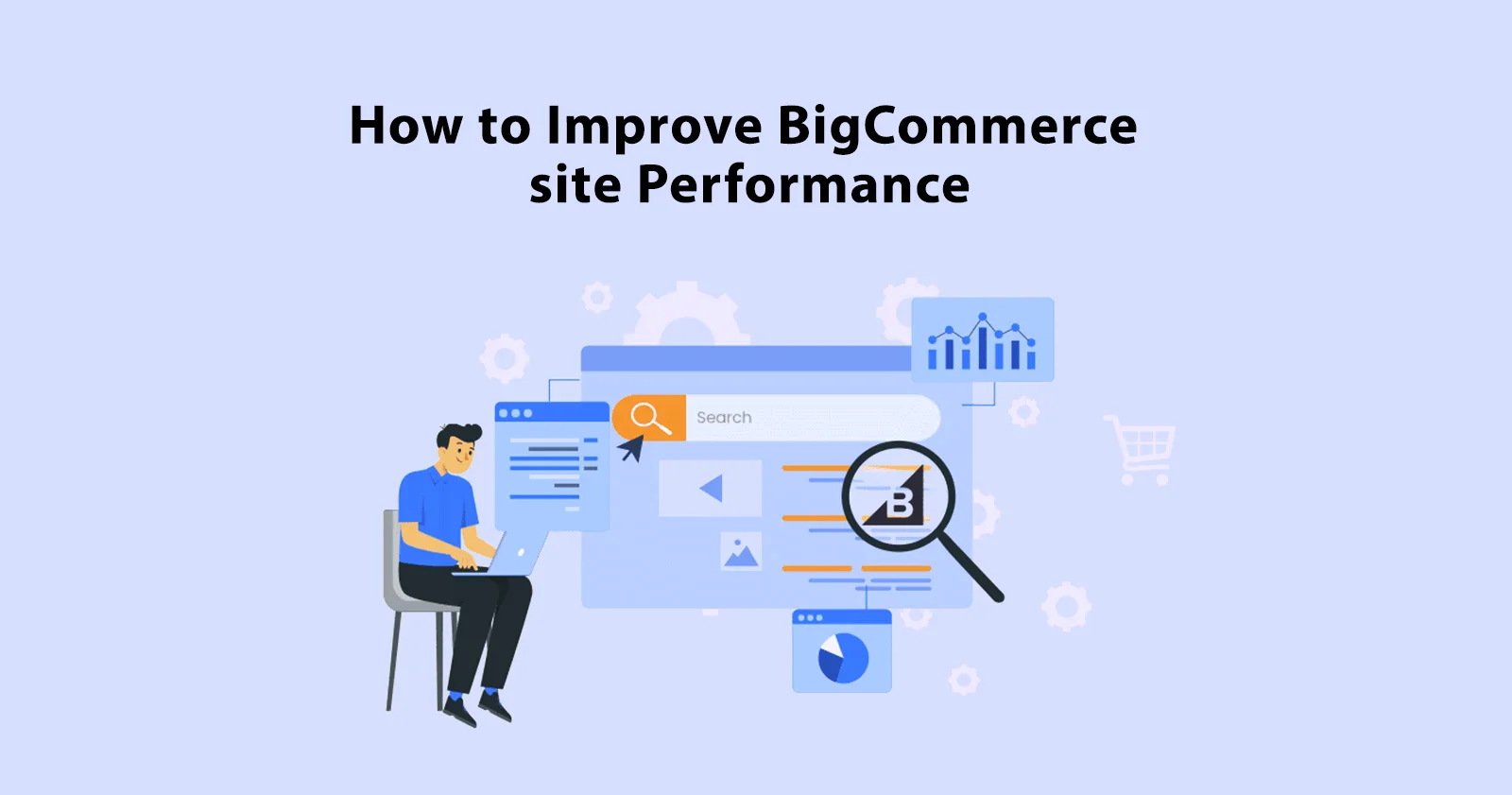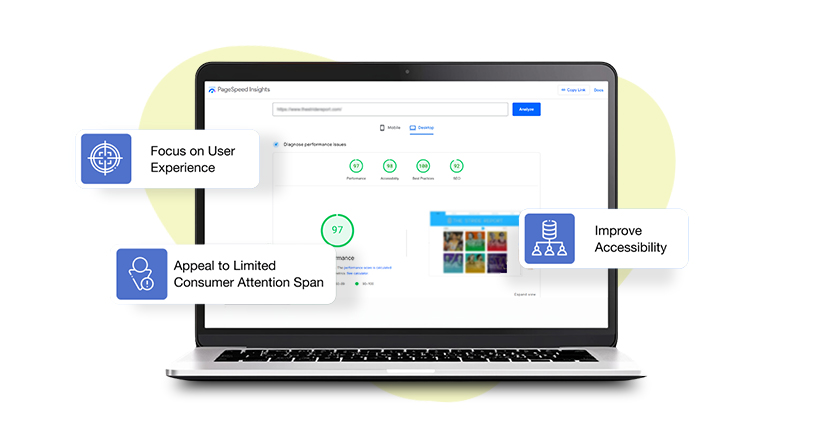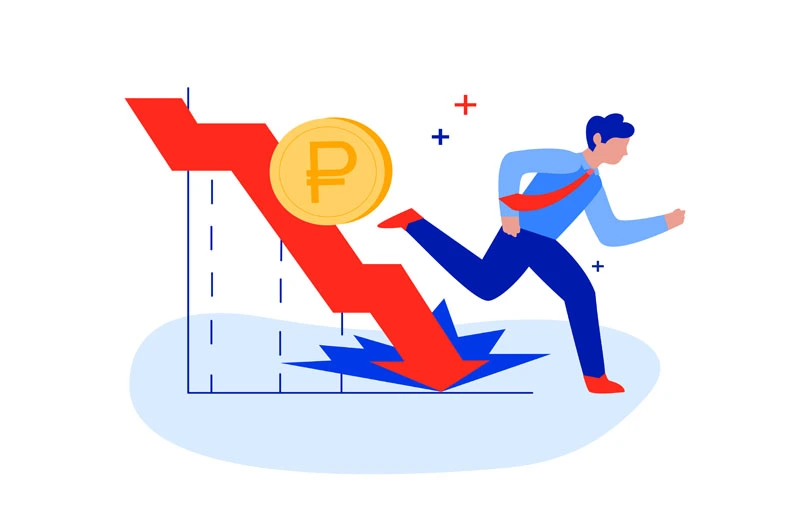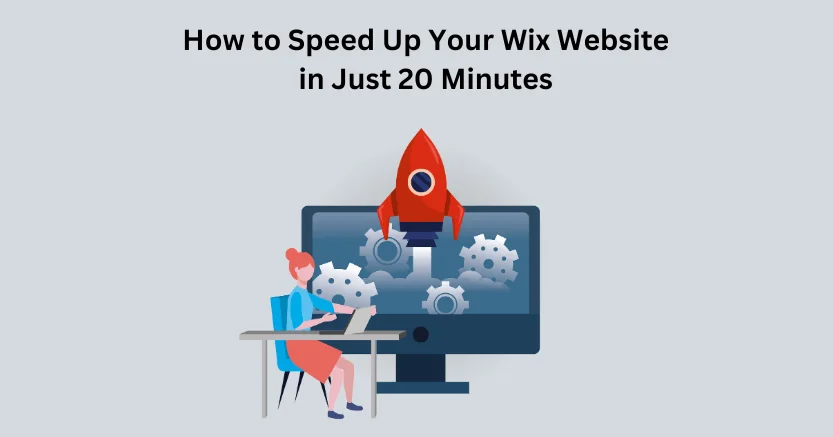Introduction
BigCommerce is a top cloud eCommerce platform that is great for big and growing businesses. It mixes big-business tools, fast speed, and lots of apps. It helps raise online sales with less time and money than regular software.
BigCommerce is an open platform leading a new age of eCommerce. It lets you do lots of new things to grow your business. You can make cool online stores, manage them easily, and beat rivals by giving customers quick shopping. Having a store is not enough its performance and loading speed equally matters.
So, in this blog, we’ll delve into the techniques for enhancing BigCommerce site performance. First, let’s start with the factors that affect or slow down it.
Are you looking to improve your BigCommerce site speed performance?
Use website Speedy Tool and Boost PerformanceWhy My BigCommerce Site Is Loading Slowly?
Here, we will explore the reasons for the website’s slow loading.
Hosting Provider:
Your web hosting service really matters for your website’s performance. It affects SEO rankings and how fast your BigCommerce pages load. Shared hosting involves sharing server resources among multiple websites. It’s okay if you have few visitors, but it slows down with more traffic. Consider different options managed, or shared hosting. Don’t just go for the cheapest; look into each type to find what suits your needs best.
Unoptimized Images:
Using too many large images on your BigCommerce site slows it down. Imagine your website as a backpack. It’s useful when you put things in it, but if you overload it, it falls apart. Similarly, overloaded websites struggle. The text doesn’t weigh much, but images make up 34% of a web page’s size. Uploading videos worsens this. To improve BigCommerce site speed and optimize images.
Utilize Cache:
Not using browser caching can slow down the loading of your site. Cache helps make websites faster by storing some files from the server onto your computer. When you visit a store, your computer doesn’t need to fetch everything from the server again, which speeds things up. For BigCommerce sites, leveraging cache is crucial for better performance, particularly in terms of “BigCommerce conversion optimization“. Similarly, optimizing CSS, the code that controls how a site looks, ensures smooth loading and proper display, like building a house on a solid foundation.
Multiple Plugins:
Your website may slow down if you have an excess of plugins installed. Just like your theme, plugins affect how well BigCommerce runs. They take up space, especially if they aren’t built to work fast. It’s not just about quantity; if your plugins aren’t made for speed, your site will suffer. Keeping BigCommerce updated is crucial for security and speed. Updates fix bugs and protect against threats. Despite the risk of breaking your site, regular updates are vital for peak performance.
Not Using Content Delivery Network:
The Internet is super handy, but it’s easy to forget distance matters, even for info. When you check a site, it goes to a server, but if that’s far away, it’s slower. A CDN helps by spreading your site across servers globally, making it load faster. Without it, your BigCommerce site might lag in some places. Slow BigCommerce? It could be hidden malware, hogging resources, and making it vulnerable to attacks. If not caught, your site could even get banned by hosts and search engines.
These are the prime factors slowing down the speed of the BigCommerce site. Now, we will move further into the process of increasing speed and performance.
Techniques To Improve BigCommerce Site Performance
Reduce HTTP Requests:
To speed up your site, cut down on how many times it asks for stuff from servers. Make your website simple, merge files like CSS and JavaScript, and bundle images together using CSS sprites. This makes your site load faster and easier to use. Keep things clean and simple, merge files, and bundle images to speed up your website.
Choose Quality Hosting:
Pick quality hosting to make sure your website runs smoothly, like having tasty food for lunch. Your site’s speed and performance depend a lot on the server it’s hosted on. Look for features like server-level caching, enough memory, and scalability to handle traffic surges. Many hosting providers offers all these features, plus secure hosting, fast load times, developer-friendly tools, high uptime, Cloudflare integration, and 24/7 support.
Make Your Website Faster with Optimized Images
Images make your content more engaging. Studies show colored visuals boost content readership by 75%. However, unoptimized images slow your website down. They are a common speed problem for new websites. Before uploading images, edit them for the web. Original photos are big files. With editing, you can shrink them up to 5 times their size. Stick to JPEG and PNG formats. JPEG compresses images, making them smaller but slightly lower quality. PNG keeps quality high, but the files are bigger. Choose JPEG for colorful images and PNG for simpler ones or transparency.
Reduce TTFB:
To speed up your website, focus on reducing TTFB, which stands for Time to First Byte. It’s the time browsers wait for your server’s initial data. TTFB includes HTTP request, response, and processing times. A quick TTFB means faster loading for visitors, ideally under 200ms. Slow TTFB reasons include network problems, server settings, traffic, and content. Use browser caching to cut TTFB and enhance site speed.
Mobile Responsive:
To make your website work well on phones, you need mobile optimization. It means ensuring your site works smoothly on small screens, like on computers. For this, you need to use a responsive design to adjust your website for different devices. Avoid flashy stuff that phones might not handle well. Additionally, don’t cram links too close together, so it’s easy to tap them on a touchscreen.

Want to read this blog offline?
No worries, download the PDF version
now and enjoy your reading later…
 Download PDF
Download PDF Utilize Asynchronous Loading:
Optimize file loading after minifying and combining JavaScript and CSS files. Choose between asynchronous and synchronous loading. Synchronous loading loads files one by one, causing delays if one file takes longer. Asynchronous loading loads files simultaneously, avoiding delays even if one file is slow. For JavaScript files, consider deferred loading, delaying until other page elements load for faster overall page loading.
Update Regularly:
Keep your website healthy by keeping everything updated. Regularly update plugins, extensions, and your theme. If a theme or plugin isn’t getting support anymore, it’s time to find replacements. Also, remove plugins that overload your dashboard with ads.
Conclusion
Therefore, in this blog, we have explained the strategies of increasing BigCommerce store performance. By following these tips you can boost your site speed and effectiveness. Additionally, use a performance optimization tool like Website Speedy, a SaaS based speed and performance optimization solution that analyze issues in the site and fix them instantly. With Website Speedy you can ensure faster loading time and higher performance.
May 20, 2024
Leave a Comment
















































